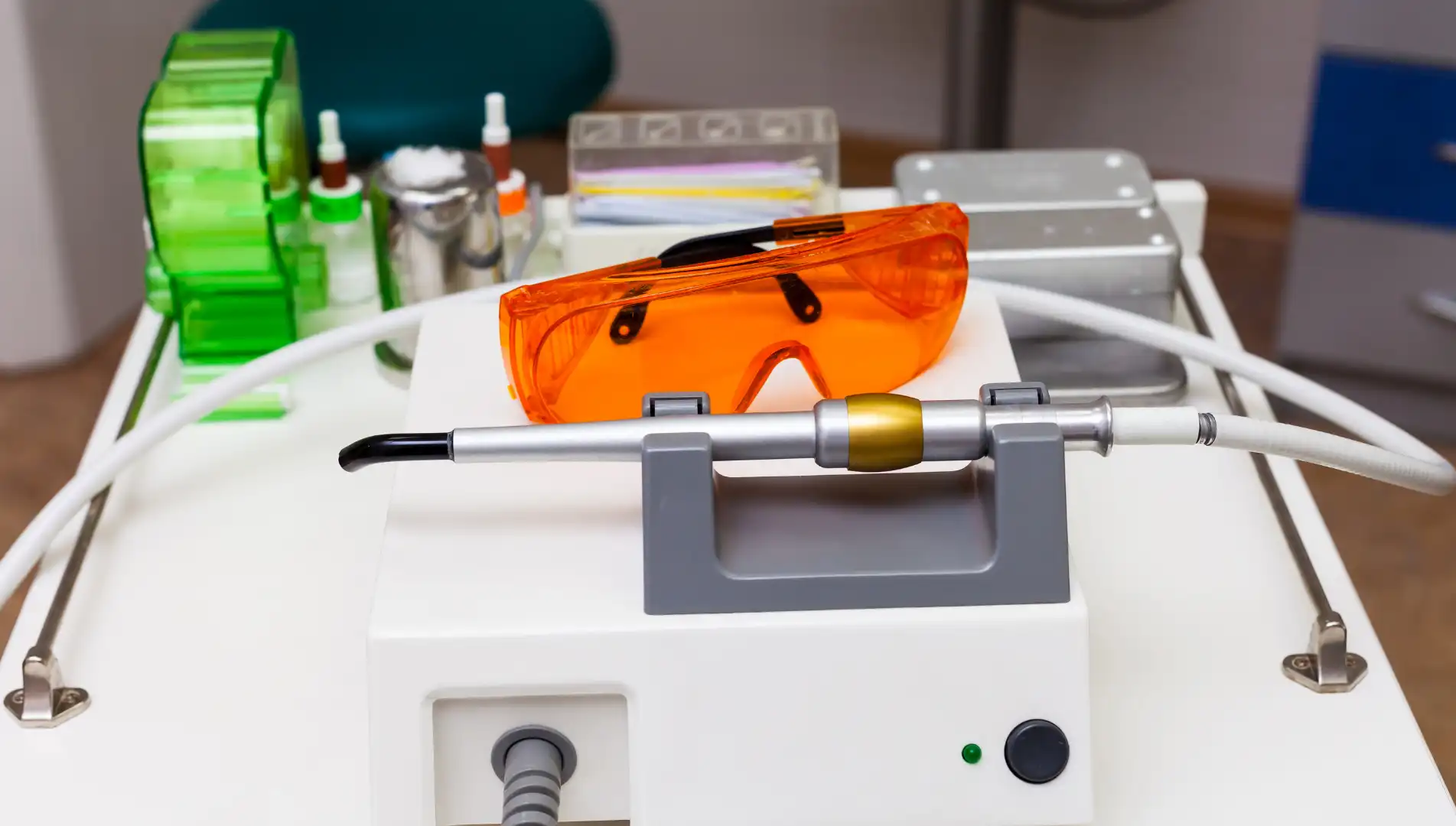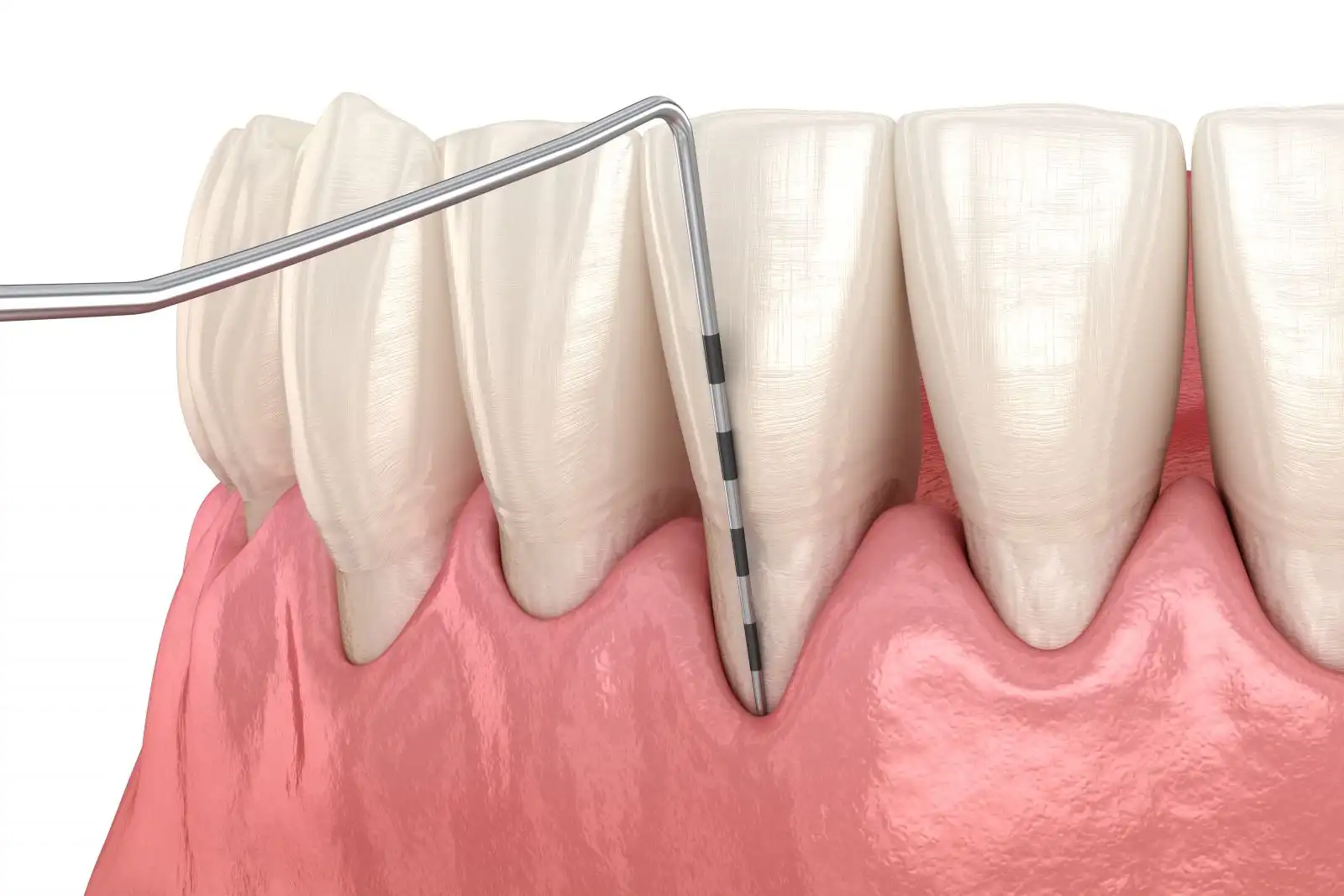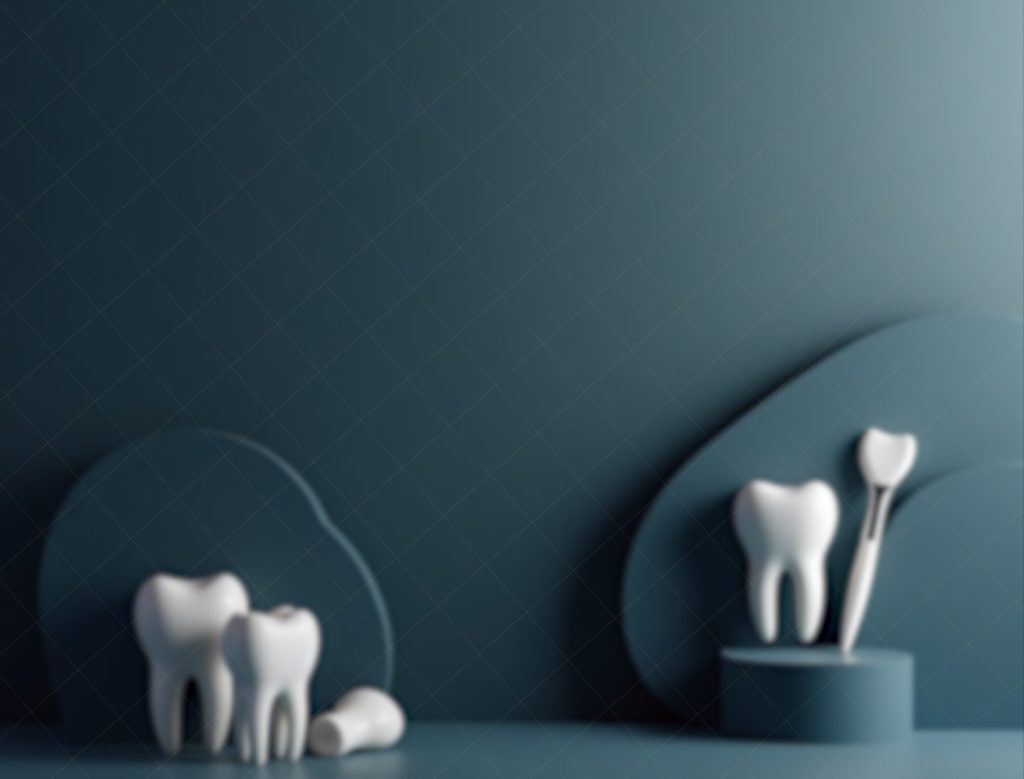
Periodontology
For Healthy Periodontal Structures
Most people do not realize how valuable their stable, strong dentition is until they face the risk of tooth loss. Diseases of the periodontium (the gingiva, alveolar bone, and periodontal ligament) can lead to loosening and eventual loss of teeth. The field of periodontology provides the treatment for these conditions.
In many cases, gingivitis already signals the onset of periodontal disease. This is why it is essential to undergo professional scaling at regular intervals – at least every six months – during which our patients’ gingivae are also carefully examined from a periodontal perspective.
Periodontal disease may be accompanied by pain, which patients often mistake for another problem.
Chronic periodontal inflammation frequently serves as a focus of infection in the body, which can negatively affect the function of other organs.
Periodontal diseases can develop naturally with advancing age, but they also occur in younger patients. To preserve the teeth, periodontal treatment is crucial. The specialist removes the bacteria causing periodontal disease from the periodontal pockets, thereby eliminating and preventing inflammation while protecting the integrity and stability of the teeth.


Loose Teeth? Do Not Worry – Splinting May Be Enough
Tooth mobility does not necessarily mean the worst-case scenario, as in many cases the teeth can still be stabilized. One option is dental splinting.
This technique involves connecting several teeth into a fixed unit, thereby stabilizing the mobile teeth along with their healthy neighbors. If a few teeth have become loose, the dentist prepares (reduces) both the mobile and adjacent stable teeth and joins them with splinted crowns to create a solid structure.
Naturally, meticulous oral hygiene becomes even more important in such cases. With proper care, teeth stabilized in this way can remain functional in the mouth for many years.
Periodontal Treatments
The periodontal charting and status assessment differs greatly from standard consultations or examinations, as each tooth is evaluated and treated individually. Great attention is paid to every detail rather than focusing on a single problem.
Although periodontal disease is not reversible, bone loss and inflammation can be halted.
As part of the initial therapy, ultrasonic scaling is usually performed both supragingivally (above the gumline) and subgingivally (below the gumline).
In some cases, extensive caries may extend deep under the gingival margin, with the margin of the prepared cavity or crown reaching below the gumline. Instead of extraction, such teeth may still be saved through a procedure known as clinical crown lengthening, in which the dentist gently extrudes or surgically adjusts the tooth, exposing more of the coronal portion so that a safe and durable restoration can be placed.
Oral Mucosal Changes – Do Not Hesitate to Seek Care
Proper oral hygiene and daily dental care routines significantly contribute to the protection of both teeth and the oral mucosa. However, despite all preventive measures, pain, discoloration, or other abnormalities may still appear in the mouth. In such cases, it is important to consult a dentist as soon as possible, since early intervention can prevent the development of serious conditions.
If you suspect a periodontal problem, seek care from a specialist periodontist without delay.



